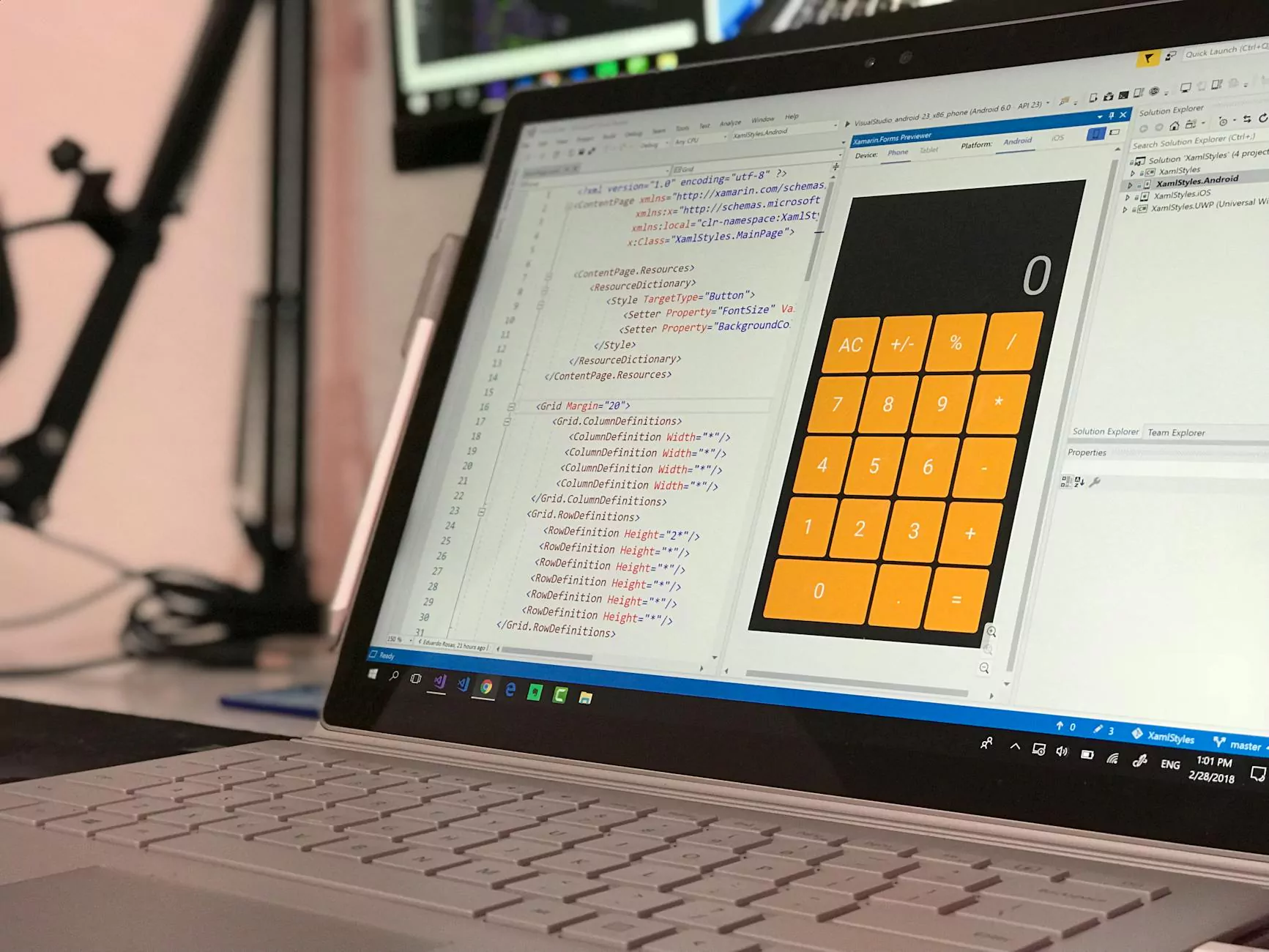Why Cross-Platform Mobile App Development Stands A Chance in 2021
Blog
As technology continues to evolve, businesses and consumers are increasingly reliant on mobile applications to streamline processes, enhance user experiences, and drive engagement. With the emergence of cross-platform mobile app development, developers now have the ability to create applications that can run seamlessly on multiple operating systems.
The Rise of Cross-Platform Mobile App Development
In the past, businesses had to invest significant time and resources in building separate applications for each operating system, such as iOS and Android. This resulted in increased development costs, longer time to market, and fragmented user experiences.
However, with the advancements in cross-platform mobile app development frameworks like React Native, Flutter, and Xamarin, developers can now build applications that work on multiple platforms using a single codebase. This approach offers numerous advantages, making it an attractive option for businesses and consumers alike.
Benefits of Cross-Platform Mobile App Development
1. Cost-Effectiveness
Cross-platform mobile app development significantly reduces development costs since businesses no longer need to allocate resources to building separate applications for different platforms. With a single codebase, developers can write once and deploy the application on multiple platforms, saving time and money.
2. Time Efficiency
By using cross-platform tools, developers can expedite the development process and reduce the time to market. This allows businesses to quickly launch their applications and stay ahead in the highly competitive app market.
3. Seamless User Experience
One of the key advantages of cross-platform mobile app development is the ability to provide a consistent user experience across different platforms. Users can access the same features and functionalities regardless of the device they are using, enhancing user satisfaction and engagement.
4. Wider Market Reach
Cross-platform apps can target a larger audience by being available on multiple platforms. With increased accessibility, businesses can reach a wider market and maximize their app's potential to drive user acquisition and revenue.
5. Easy Maintenance and Updates
Since cross-platform apps share a common codebase, maintenance, bug fixing, and updates can be done more efficiently. Developers can make changes once and have them reflected on all platforms, ensuring a consistent user experience and reducing overall maintenance efforts.
Choosing the Right Cross-Platform Framework
When considering cross-platform mobile app development, it's important to choose the right framework that suits your business needs. Here are a few popular frameworks:
- React Native: Developed by Facebook, React Native is a widely adopted framework that allows developers to build high-performance mobile apps using JavaScript and React.
- Flutter: Created by Google, Flutter is known for its fast development and expressive UI capabilities. It uses Dart programming language and offers a rich set of pre-built widgets.
- Xamarin: Owned by Microsoft, Xamarin allows developers to build native-like apps for iOS, Android, and Windows using C#. It provides extensive libraries and tools for cross-platform development.
Each framework has its own strengths and weaknesses, so it's important to evaluate your project requirements and consult with experienced developers to choose the most suitable option.
Conclusion
In conclusion, cross-platform mobile app development has quickly gained momentum in 2021 due to its cost-effectiveness, time efficiency, seamless user experience, wider market reach, and easy maintenance. With the right framework, businesses can create applications that cater to a larger audience, regardless of the device or operating system they use. At Seo by Chrys, we understand the importance of staying ahead in this competitive landscape. Our team of expert developers specializes in cross-platform mobile app development, ensuring that your business thrives in the rapidly changing technological landscape.










